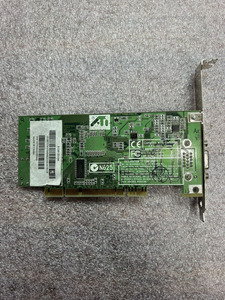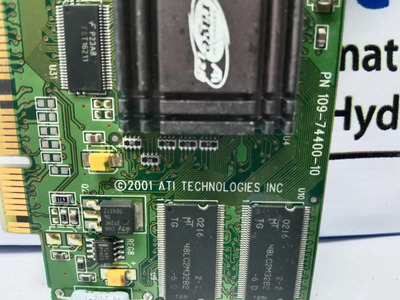Trashbytes wrote on 2024-01-30, 06:12:
hardly .. mhm I have a Radeon 7000 that is actually a 7500 just with the 7000 sticker on it.
Certainly surprised me when both drivers and HWinfo picked it up as a 7500.
Markets get segmented to maximise income, and combined with economy of scale for a manufacturer, it might be more profitable overall (for one company, for a while, at least) to make one card but sell it with different labels. Some end customers pay full whack, some people get a free "upgrade".
And the lower-end cards sometimes being oddly fast can help with the reputation of the products.
Or it goes the other way, and because of problems at the card maker they cannot make enough 7000s, so mark up some 7500s as 7000s and just take a short-term loss rather than risk losing commercial buyers.
Or it is a labeling/packaging mistake, and if the company noticed it could have been cheaper to just let the cards go rather than re-do labels and packaging. Companies have machines to apply labels and box-up, but the other way would be manual. Just sell the cards! 😀


